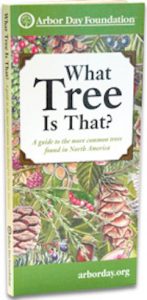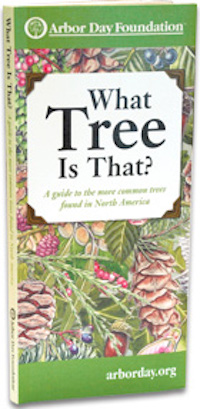 All trees have clues and features that can help with identification. You just need to know what to look out for. This quick guide to tree identification will give you a few basic hints and tips.
All trees have clues and features that can help with identification. You just need to know what to look out for. This quick guide to tree identification will give you a few basic hints and tips.
There are many features, or parts of the tree, that give you clues to what species it is.
Basic tree identification tips
- Look at the leaves or needles. Is it a broadleaf (usually deciduous) or is it a conifer (usually with needles or scales)?
- Different features will be present through the seasons. You can use twigs, leaf buds and bark on leafless winter broadleaf trees.
- Take notice of the surrounding area such as hedgerows, fields, parks, woodland or close to water. Some species are more likely to grow near water, in scrubland, parkland or in woodland.
- Use as many features as you can, the more you use the more certain your identification will be. Take into account the overall shape and size of the tree, bark, leaves or needles, flowers, fruits, leaf buds and twigs.
There’s a great App for your smartphone called What Tree Is That? but if you’re off the beaten track, you might not have a signal and will have to rely on the old-school field guide. The What Tree Is That? version is as good as any and covers all North American trees. It’s available at arborday.org
